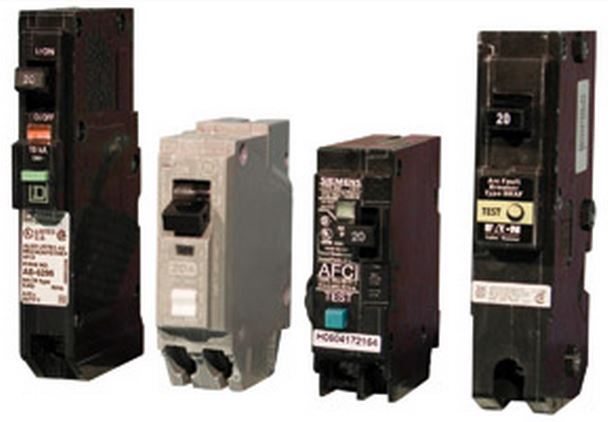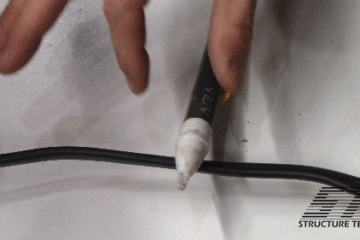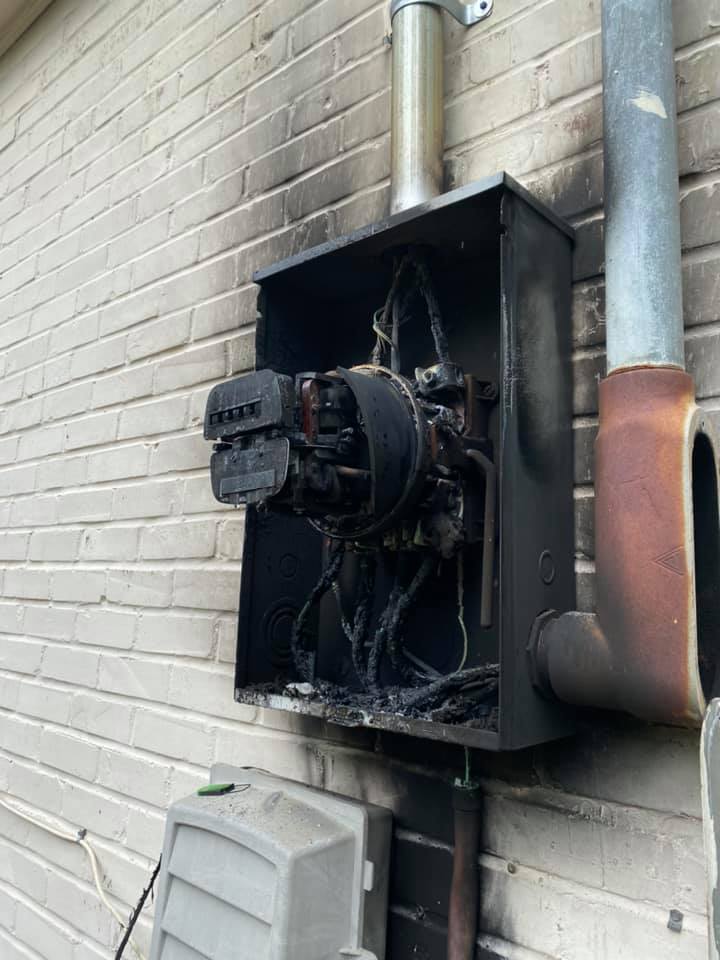The “AFCI” is an arc fault circuit interrupter. AFCIs are electrical devices designed to protect against fires caused by arcing faults in the home electrical wiring.
THE FIRE PROBLEM
Annually, over 40,000 fires are attributed to home electrical wiring. These fires result in over 350 deaths and over 1,400 injuries each year . Arcing faults are one of the major causes of these fires. When unwanted arcing occurs, it generates high temperatures that can ignite nearby combustibles such as wood, paper, and carpets.
Arcing faults often occur in damaged or deteriorated wires and cords. Some causes of damaged and deteriorated wiring include puncturing of wire insulation from picture hanging or cable staples, poorly installed outlets or switches, cords caught in doors or under furniture, furniture pushed against plugs in an outlet, natural aging, and cord exposure to heat vents and sunlight.
HOW THE AFCI WORKS
Conventional circuit breakers only respond to overloads and short circuits; so they do not protect against arcing conditions that produce erratic current flow. An AFCI is selective so that normal arcs do not cause it to trip.
The AFCI circuitry continuously monitors current flow through the AFCI. AFCIs use unique current sensing circuitry to discriminate between normal and unwanted arcing conditions. y cause ignition prior to detection and circuit interruption by the AFCI. The AFCI circuit breaker serves a dual purpose – not only will it shut off electricity in the event of an “arcing fault”, but it will also trip when a short circuit or an overload occurs. The AFCI circuit breaker provides protection for the branch circuit wiring and limited protection for power cords and extension cords. Single-pole, 15- and 20- ampere AFCI circuit breakers are presently available.
See the video below


